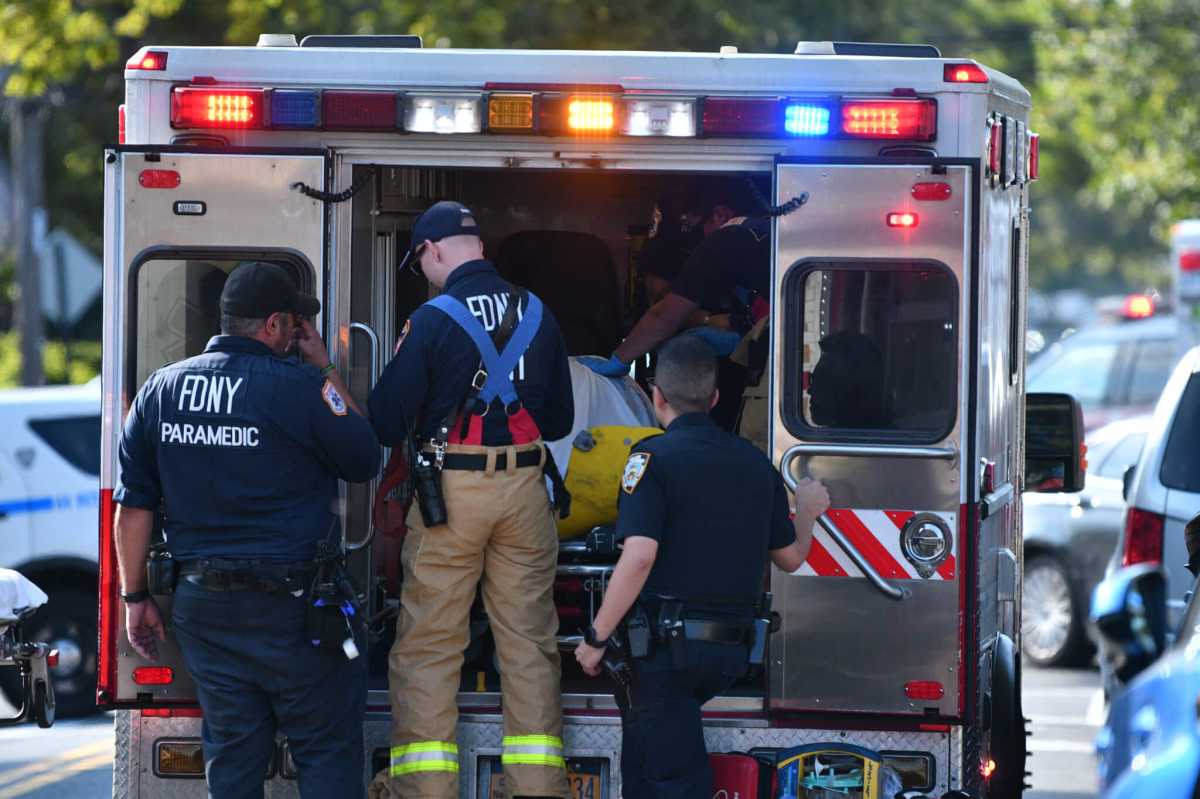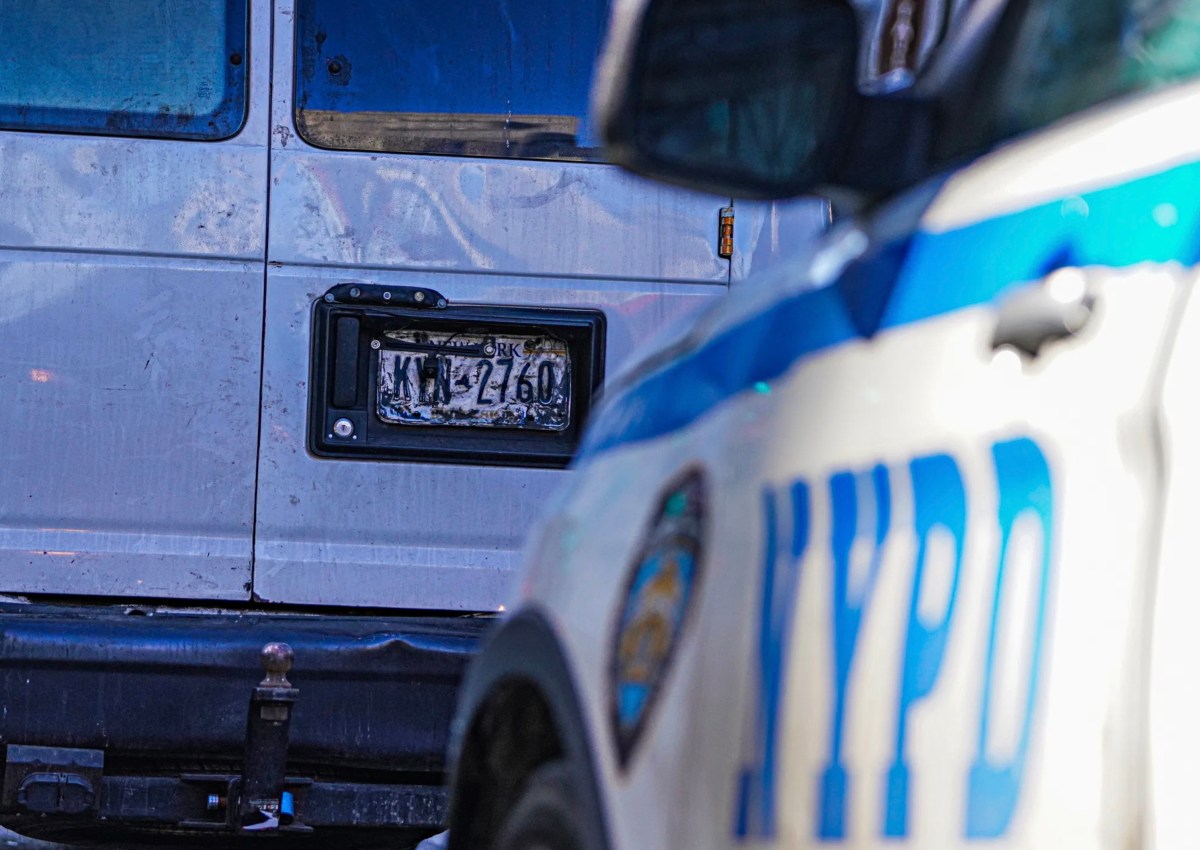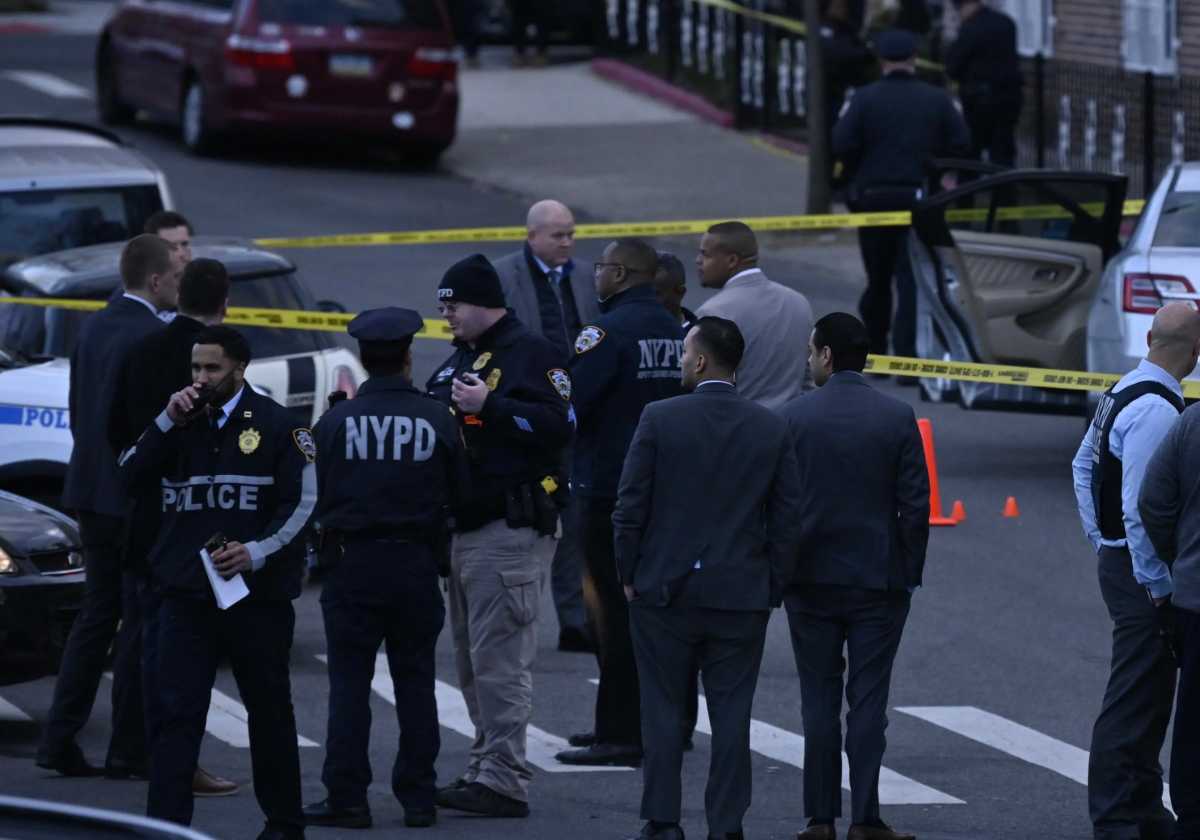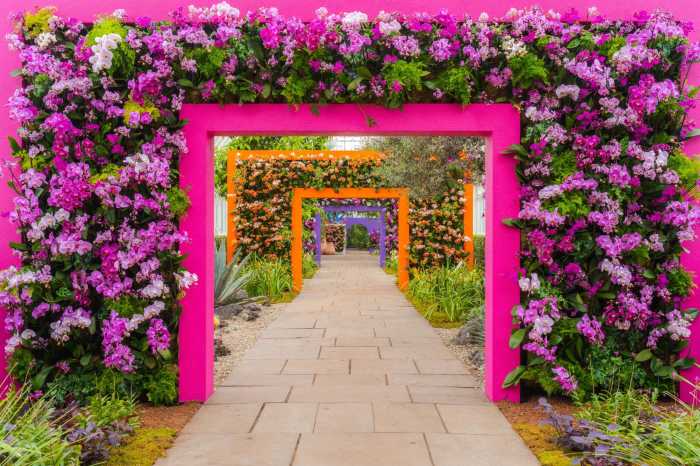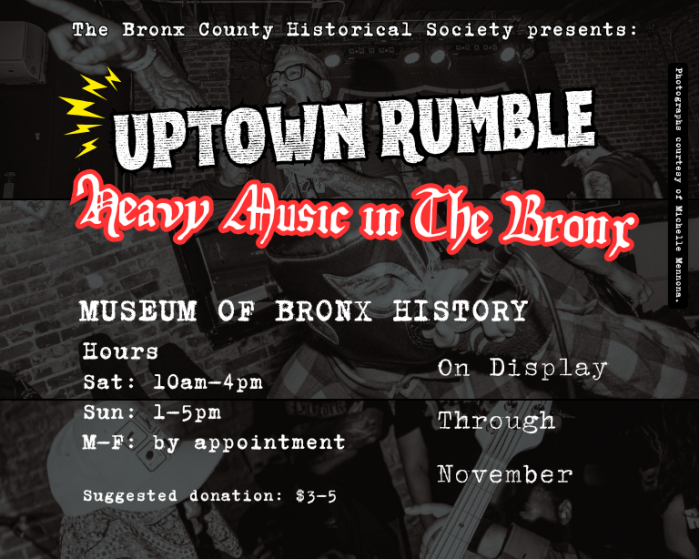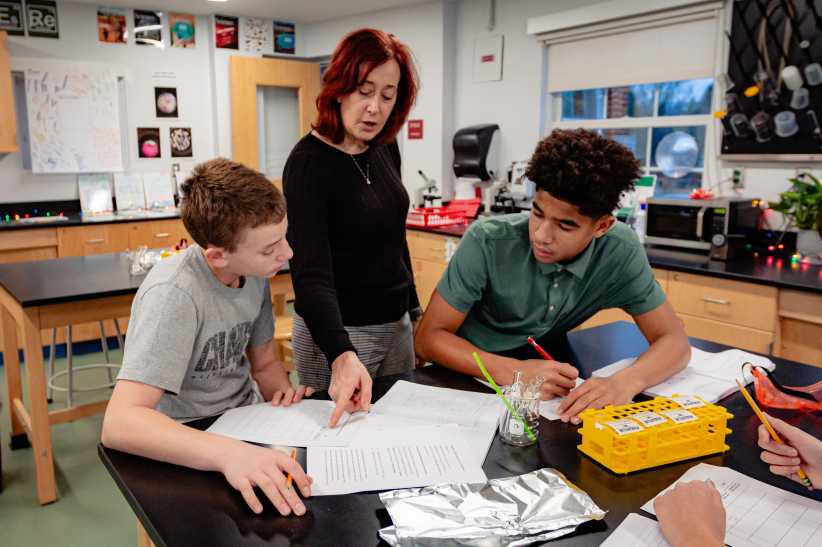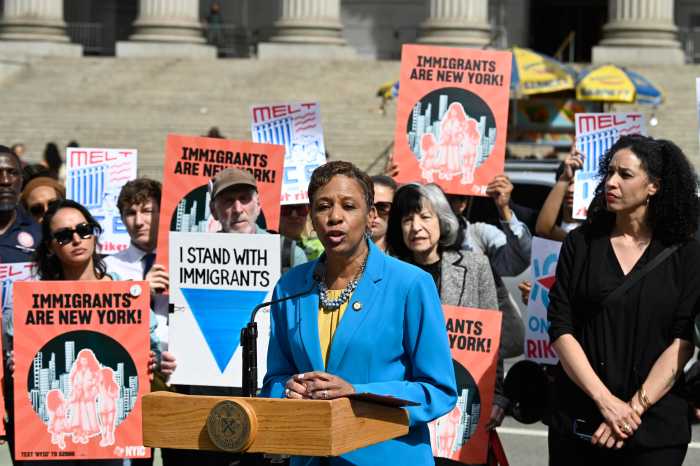The Metropolitan Transportation Authority will restart its dormant borough bus network redesigns this fall, 17 months after the pandemic forced transit gurus to hit the brakes on the program aimed at speeding up commutes and modernizing ancient bus routes.
“The city needs a strong transit system more than ever to help lead our recovery from the pandemic — we all know that,” said acting MTA Chair and CEO Janno Lieber at a press conference in the Bronx on Aug. 16. “The time has also come to revive our borough-by-borough bus network redesign, redoing all the routes to line up with current ridership patterns.”
The agency plans will bring back its three remaining network overhauls in the Bronx, Queens, and Brooklyn later this year, which were all at different stages of development when the COVID-19 outbreak hit the city in early 2020.
The Bronx redesign is first in line and will be fully implemented in June 2022, with some changes to the old plan published in the fall of 2019, according to New York City Transit interim president Craig Cipriano.
“We have some refinements to that [Bronx] plan, so we’re going to come back out in the fall and share those refinements with the community,” Cipriano told reporters.
Staten Island was the first — and so far only — borough to complete its redesign in 2018. The Bronx had a finalized plan prior to the pandemic, while the Queens redesign had a draft proposal, and Brooklyn was at a more preliminary stage with just a report on that borough bus network’s current conditions.
Some bus routes, such as those in Brooklyn, are still based on 1920s trolley networks and have remained largely the same since, despite changing commuting patterns over the past century.
The redesign projects were championed by former NYCT President and “train daddy” Andy Byford under MTA’s Fast Forward plan, but officials paused projects last year, because of the havoc the pandemic wrought on the transit system and due to coronavirus meeting restrictions limiting the ability to do adequate in-person public outreach for the scheme.
New York City’s buses are the second-largest transit system in America, outnumbered only by the subways, and ridership has returned to around 60% of pre-pandemic numbers, according to MTA’s most recent counts.
But the people movers, which tend to carry more low-income New Yorkers of color than the subways, have ranked among the slowest in the nation’s large cities and recently averaged at only 8.2 miles per hour in June 2021, up slightly from 7.9 miles per hour in June 2019.
MTA and the city’s Department of Transportation, which is in charge of the roads, on Monday announced a slew of improvements for buses coming down the pike in addition to the redesigns.
The agencies will partner to add 300 cameras on board buses in 2022 to catch motorists illegally hogging the red-painted lanes, along with an expansion of stationary cameras that will cover 85% of all bus lanes by the end of 2023.
DOT will also install 20 miles of new bus lanes including up to five new busway pilots next year and give signal priority to buses at 750 more intersections on top of about 1,000 junctions that currently give preference to public transit.
MTA plans to allow commuters to board buses through the back door as well as the front by using the new OMNY tap fare payment system starting 10 local routes as a pilot.
The agency plans to expand all-door boarding to all buses by the time MTA phases out the MetroCard at the end of 2023.
This story appears courtesy of our sister publication amNewYork.



